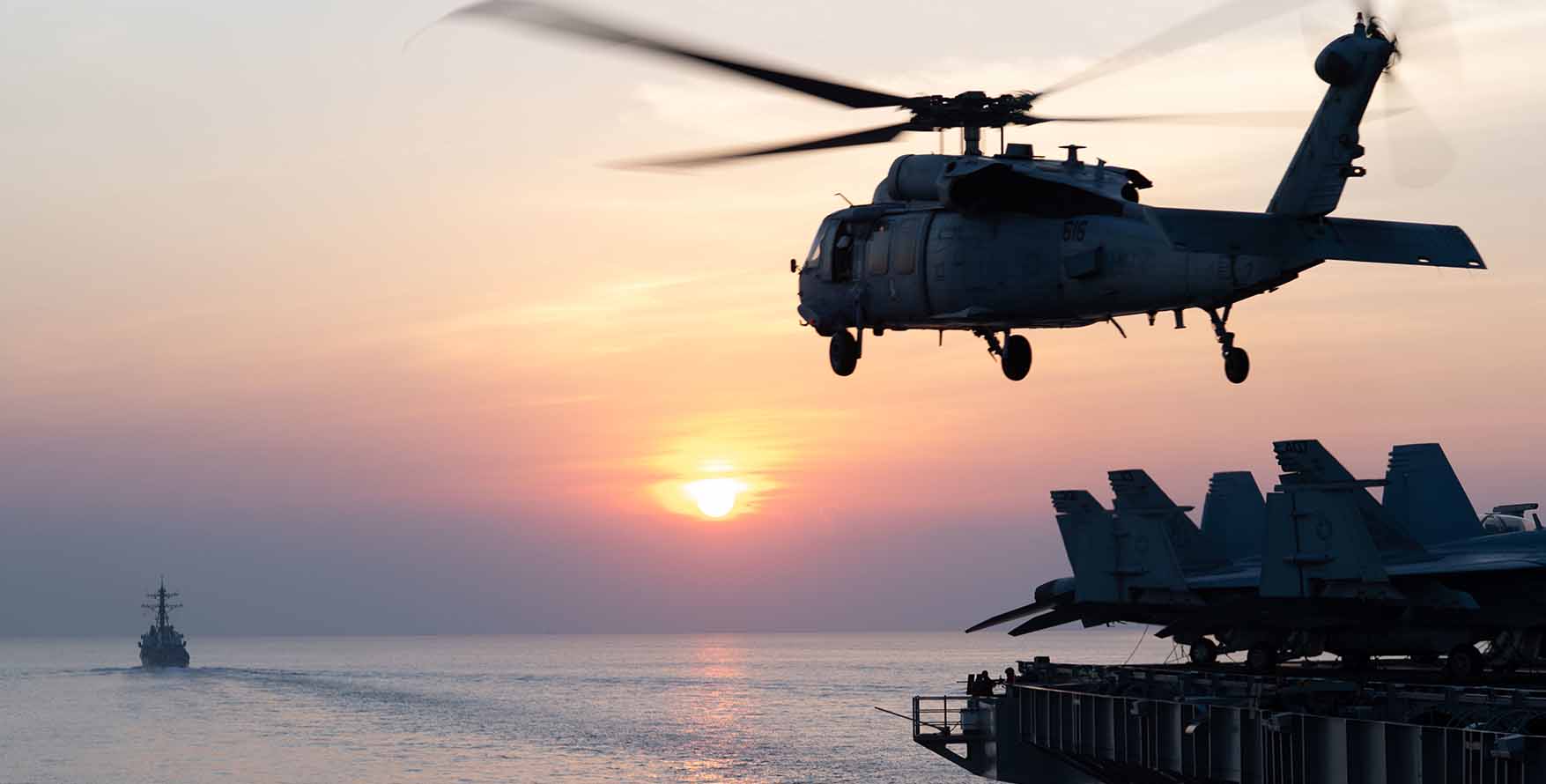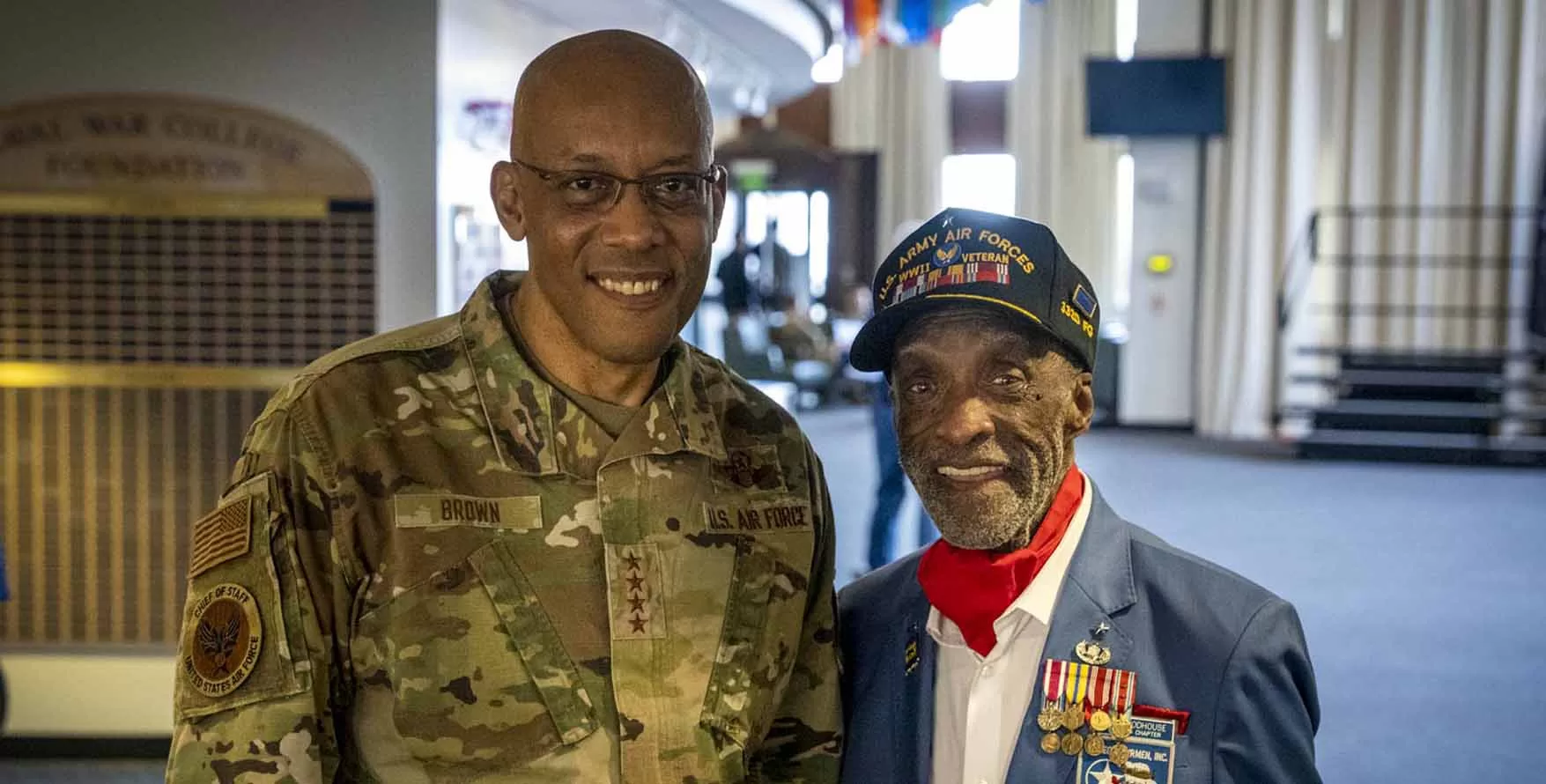Strait of Hormuz, Persian Gulf — In a strong show of unity against recent maritime threats, U.S., British, and French naval commanders navigated the Strait of Hormuz aboard an American destroyer, the USS Paul Hamilton, underscoring their collective commitment to preserving the vital waterway’s security following Iran’s seizure of two oil tankers.
This joint voyage, unusual in its nature, took place amidst escalating tensions in the Persian Gulf, a situation that has become increasingly volatile since the collapse of Iran’s nuclear deal with global powers after the U.S.’s independent withdrawal five years ago.
The three naval chiefs’ journey was marked by the approach of three Iranian Revolutionary Guard boats towards the USS Paul Hamilton, an Arleigh Burke-class destroyer, at one point. The guards stood by exposed machine guns on their vessels, matching the American sailors’ readiness, which was highlighted by standing by their own loaded machine guns and taking photos and videos of the approaching Iranian boats.
Vice Adm. Brad Cooper, who commands the U.S. Navy’s 5th Fleet based in the Middle East, shed light on the prevalent security issues, “Iran has seized or attacked 15 ships in the last two years. Eight seizures and seven attacks. So the shipping industry is mindful of what the security posture looks like in the region. We have the ability to positively impact that influence and that’s what we’re doing now.”
The role of the U.S. in safeguarding the Middle East’s waterways, particularly the Strait of Hormuz, has been crucial since then-President Jimmy Carter’s 1980 speech promising military force to protect American interests in the wider Persian Gulf. This promise now pits the U.S. against Iran, which has escalated its activities of seizing oil tankers post the breakdown of its nuclear deal with world powers.
The voyage aboard the USS Paul Hamilton forms part of a broader effort to reinforce the defensive posture in the Persian Gulf. The goal is to enable more allied ships to navigate the Strait of Hormuz regularly, considering its critical importance to the global economy.
Iran’s antagonism towards the American presence in the region is well-documented. However, the recent seizure of a tanker linked to a U.S. private equity firm believed to have been transporting sanctioned Iranian crude oil off Singapore has sparked fresh tensions, with Iran retaliating by capturing the Marshall Islands-flagged tanker Advantage Sweet, which was transporting Kuwaiti crude oil for energy company Chevron Corp.
The U.S. response to the Iranian activities involves not only showcasing the presence of its allies but also potentially deploying more ships in the Persian Gulf. The U.S. has already bolstered its forces with A-10 Thunderbolt IIs and a submarine in an attempt to deter Iran.
Despite recent fluctuations in routine carrier deployments due to the wars in Afghanistan and Iraq, as well as the conflicts in Ukraine and the South China Sea, Vice Adm. Cooper views the participation of his British and French colleagues as a sign of the steadfastness of America and its partners.
He said, “This is “part of our increase in presence in the region, which was described by the White House last week, and that’s now in execution.”
Source: Military.com





